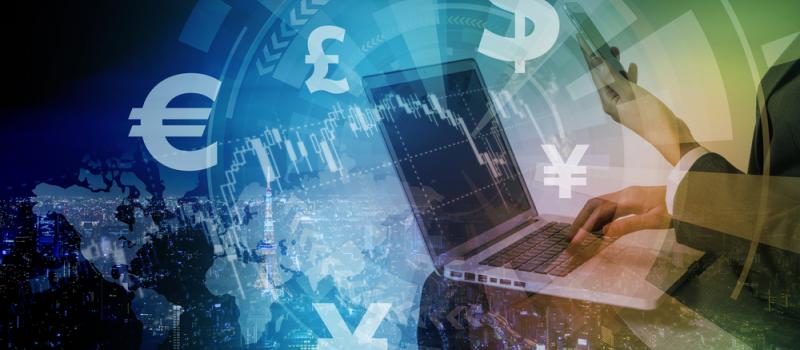Payments Power
posted by Collin Canright on July 25, 2017 - 9:04am

The payments sector of the FinTech ecosystem heats up this month. Recent developments in the largest and most mature FinTech sector include release of the final report of the U.S. Faster Payments Task Force, major consolidation among worldwide payments processors, and reports of high growth in person-to-person (P2P) payments.
Last Friday, the U.S. Federal Reserve hosted a live broadcast streamed by more than 15,700 viewers at one point to release the final report of the Faster Payments Task Force (PDF). The report calls for "the market" to offer consumers and businesses faster payments by 2020.
"This vision can be realized through collaboration among all stakeholders, including competing faster payments solution operators, payment service providers, end users, and others," the report states. The report provides an overview and evaluation of 19 proposals for U.S. payments system modernization. None of the proposals are endorsed but the narrative at first glance gives some detail on how faster payments should work to serve everyone following the Fed's market-based approach.
Next step provided by the carefully worded report: "create an inclusive governance framework that supports competition and new entrants while enabling all faster payments stakeholders to have influence on the way the faster payments system evolves in order to ensure the task force vision is met."
The announcement comes during a particularly hot merger and product-announcement market in the payments sector of the FinTech ecosystem. Also on Friday The New York Times reported that private equity groups Blackstone and CVC had bid for U.K. payments processor Paysafe.
Earlier in the month, U.K. payments processor Worldpay agreed in principle to be acquired by U.S. payments processor Vantiv for $10 billion. The Times reasons that consumer preferences for online shopping is behind the industry's consolidation.
Deals among processors have been progressing in instant payments as well. Late last month, TechCrunch reported that PayPal would support instant transfers to Venmo customers using MasterCard and Visa debit cards, after the best-known payments FinTech reached rapprochement with the card companies.
Awareness of FinTech payments firms among FinTech Rising readers and webinar participants
Meanwhile, person-to-person (P2P) payments are expected to continue double-digit growth through 2021. Research firm eMarketer's latest mobile survey puts transaction value growth at 55% this year, to more than $128 billion. The research firm attributes much of the growth to the rollout this year of the Zelle P2P network.
Announced late last year at the Money20/20 conference, Zelle is a network of more than 30 banks, including JP Morgan and Bank of America. Jim Marous of The Financial Brand tells you why you should care, putting the P2P and mobile payment puzzle pieces in perspective. In short:
The growing popularity of mobile P2P payments and increased spending power from digital-first consumers is causing the mobile P2P industry to skyrocket. While not a standalone money-maker as a product [for financial institutions], not offering a strong P2P payment service could potentially result in attrition of an organization’s most profitable customers.
The payments landscape is undergoing transformation in Europe as well, driven by regulatory changes from the Payment Service Directive 2 (PSD2) rules, which effectively create "open banking" with "open data." Media group Finextra presents research for banks on how to navigate the new European payments landscape (registration required).
If the terminology gets too complex, Let's Talk Payments provides a primer. You can also read in a PaymentEye/bobsguide report what Europe’s FinTech innovators are saying about key issues in banking, collaborations, the rise of challenger banks, and the future of the payments landscape.
BLOCKCHAIN WATCH
London Stock Exchange to start using blockchain
“London’s Stock Exchange is set to start using blockchain to improve transparency for shareholding information among unlisted businesses,”ITProPortal reports. This new use of blockchain is being implemented with the hopes of achieving a higher level of confidentiality and security for users that traditional exchange methods cannot offer.
Applying blockchain technology could slash $40 billion in costs for financial services: BIS research
Because of blockchain technology’s ability to act as a middleman and increase efficiency, it is predicted to lead to financial institutions saving over $40 billion per year in infrastructure, IT, operational, and third-party fee and administrative personnel costs, reports Shazlie Khan, an analyst at BIS Research. A data report on the effects of the use of a blockchain system concludes that “Blockchain presents the potential to revolutionize the pre-existing legacy systems by eliminating third-party intermediaries, creating transparency, streamlining due processes, and providing protection from malicious attacks, thereby enabling large internal and external cost savings.”

